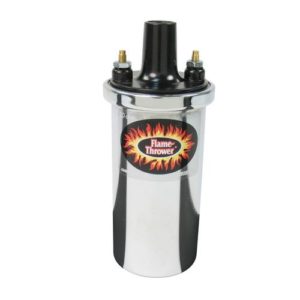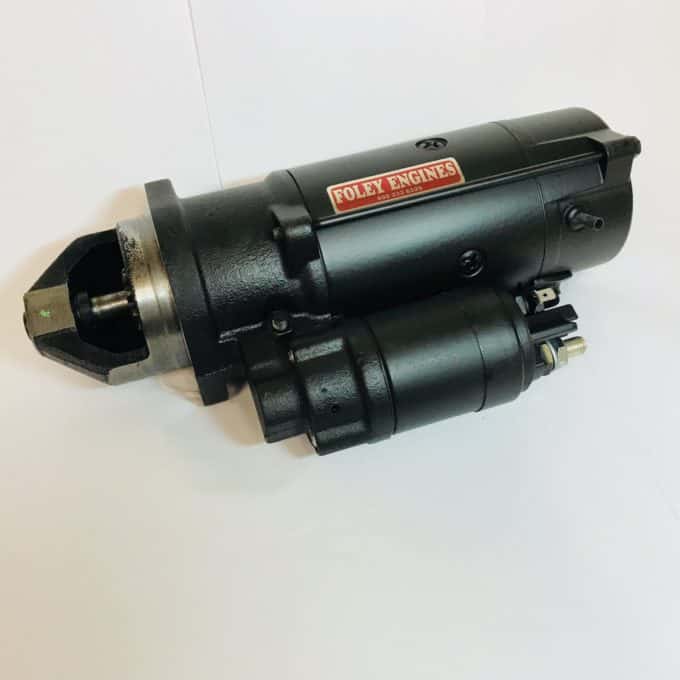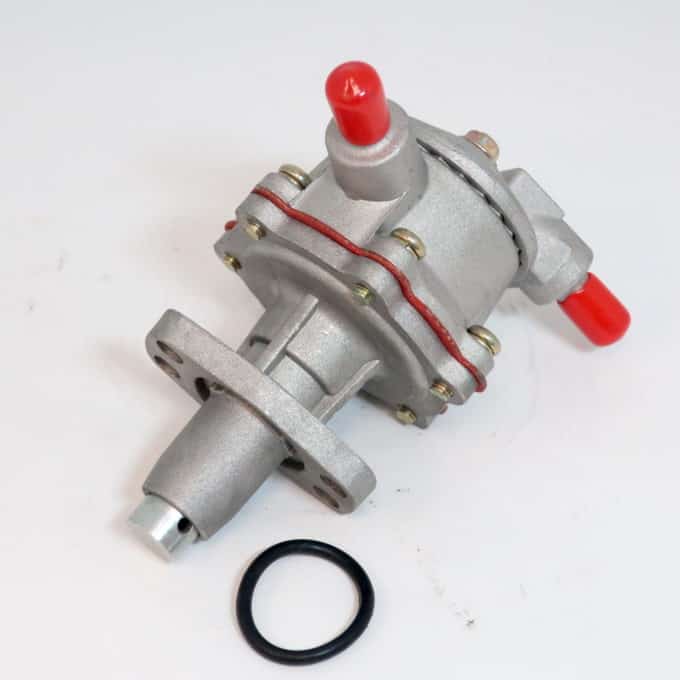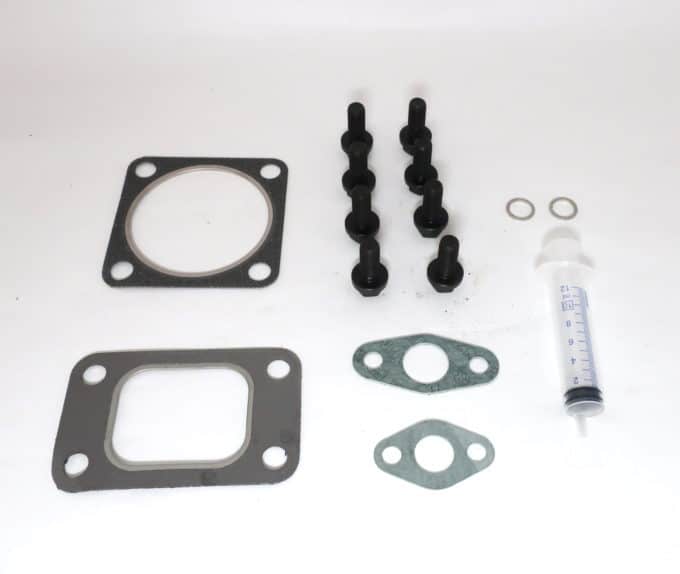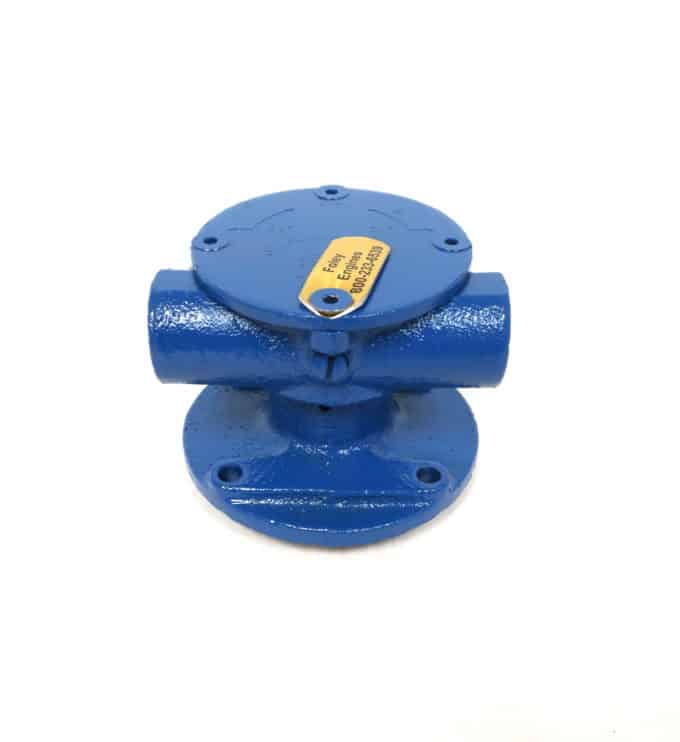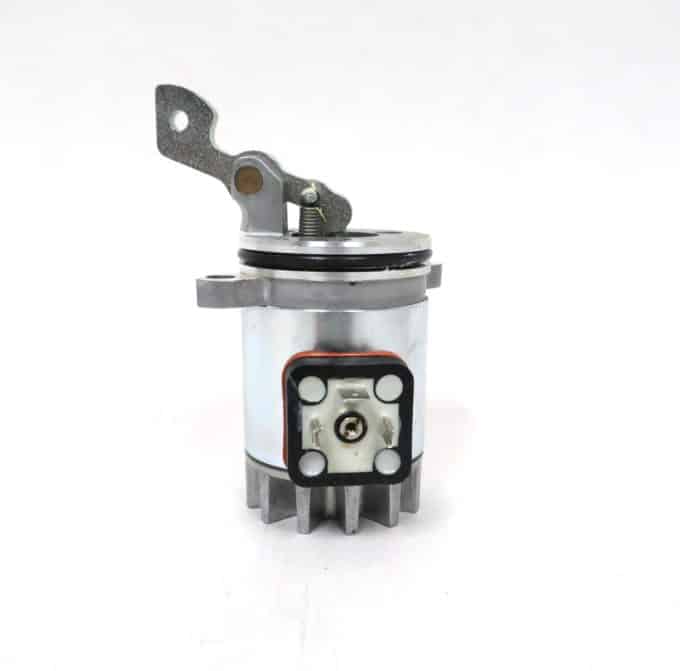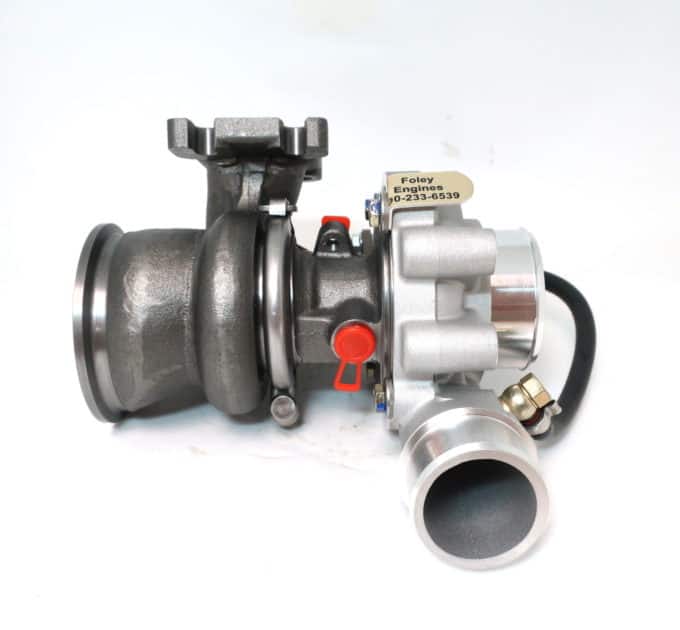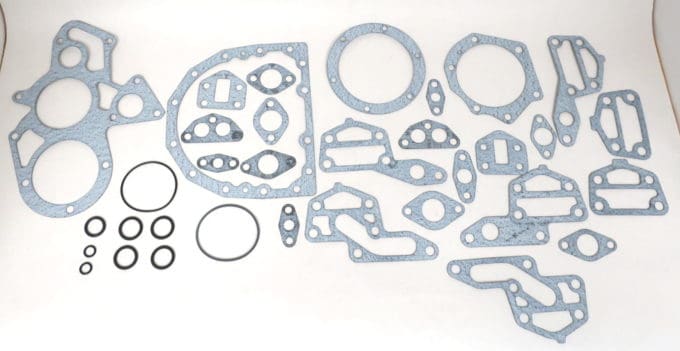How to Break-In a Re-manufactured Deutz or Perkins Engine
Break-In
Due primarily to more exacting machining tolerances and more stringent quality measures, modern diesel engines require less “break-in” than their predecessors did. Most engines however, will experience higher than normal lube oil consumption during the initial period of operation. Depending on the load factor applied, this should stabilize within the first 150 to 200 hours of operation. During this time, the piston rings are “seating”, or forming a perfect seal with the minute variances that exist between the rings and the cylinder wall. It’s important to understand that this process is greatly influenced by the load applied to the engine during its early life. As long as the engine is demonstrating increased oil consumption, this means that the “break-in” period is still occurring and more time (hours of operation) may be necessary.
Extended Periods of Low Load
Engines subject to extended periods of low loads (or prolonged periods of idling) will at the very least take longer to seat the piston rings, and in extreme cases, may not do so at all. Low loads or extended idling will cause incomplete combustion and the formation of a carbon compound which will essentially fill the crosshatch-shaped grooves that are applied to the cylinder wall. When this occurs, the cylinder surfaces develop a “mirror finish” becoming “Glazed”, causing the oil to be pumped past the rings up into the combustion chamber where the oil will partially burn and be pushed out into the exhaust system. The liquid oil passing into the exhaust system can result in leakage at the exhaust manifold gaskets and “wet stacking”. The carbon compound that forms the glaze on the cylinder wall is very hard, but if caught early applying full load on the engine on the engine may correct the condition. Otherwise, the cylinders will need to be “de-glazed” with a honing tool and the piston rings replaced. Of course, after replacing the piston rings the “break-in” period will start over again.
Executive Summary
Select the correct oil weight by consulting the operator’s manual. When the engine is new, try to limit the idle time of the engine by shutting the engine down when the machine is not in use. It’s best to apply a heavy load to the engine during the “break-in period” to seat the rings as quickly as possible. Sufficient load will assure a rapid “break-in” period and good piston ring sealing.
Oil Consumption % = Quarts of lube oil added / Gallons of fuel used X 4

